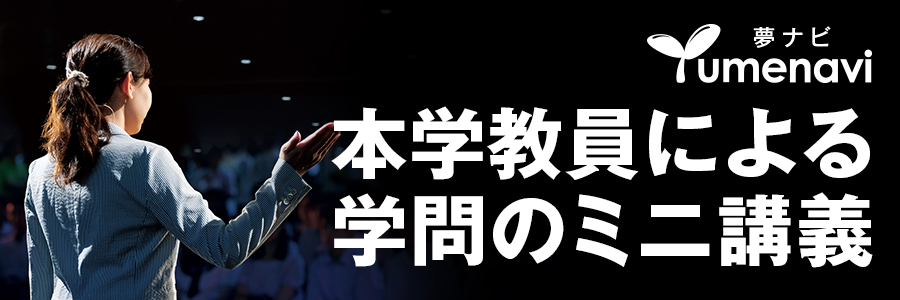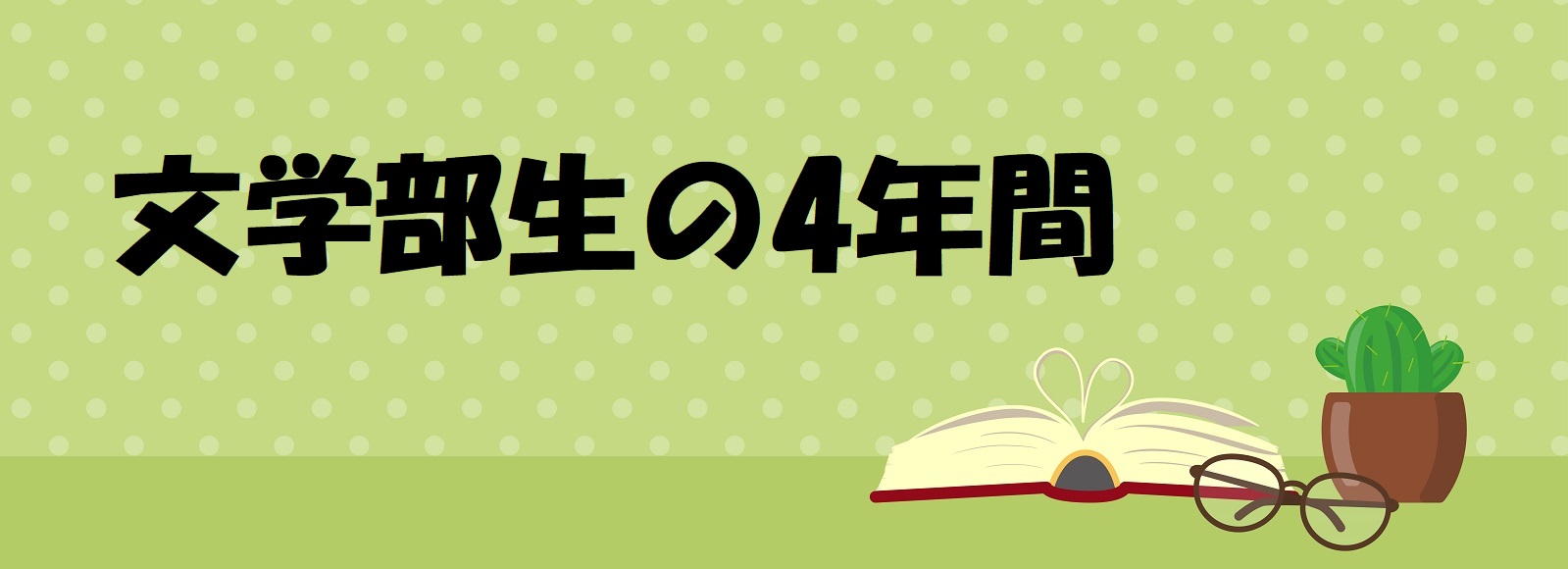Japanese >

Figure 1: Peter Cheyne in a library
2,200 years ago, the Roman playwright Terence wrote, ‘Homo sum, humani nihil a me alienum puto [I am human, and nothing that is human is alien to me]’ (circa 165 BC). This early humanist sentiment expresses the essence of what I want to reflect upon in this short essay, as an invitation to the humanities. What are the humanities? The humanities are a group of subjects that include history, philosophy, religious studies, law, political science, the history and theory of the fine arts, and literature. What connects them is that these disciplines study and discuss the techniques and results of human productivity, consider solutions to the social problems of living, and refine the techniques of discursive and creative expression and imagination.
Students of literature research and discuss the greatest artistic and discursive creations of human ingenuity in writing. Writing that expresses as fully as possible what a person means, feels, and wishes to explore is a refined skill. Indeed, it is one of the greatest and perennially most celebrated arts. Yet whatever your ability, attempting to express your meaning and your curiosity, wonder, or other emotion is both valuable and fulfilling. A key word here is ‘attempt’, because the effort taken to organize your thoughts and feelings helps communicate not only the topic you wish to share, but it also shows others that you are a considerate person who is thoughtful enough to take your time to work out, arrange, and sensitively compose your thoughts.
These abilities are not simply about how to write sentences and paragraphs. Attention, care, thoughtfulness, organization of invisible ideas and feelings, discernment, and articulation: these are all spiritual qualities. For such reasons, great poets, storytellers, novelists, and essayists are revered not only in their home countries but around the world and for centuries or even millennia. Great writers grow the language and turn the community towards the higher things of the mind and heart and even toward the secrets of the depths of nature and the outer reaches of the cosmos, perhaps even beyond.
The attempt, then, even when it fails, to communicate little known or only vaguely understood things to others has a beautiful value of its own, and it speaks of the desire of the human spirit to connect with others and even to speak to others, our descendants, beyond our own lifetime. It is telling that the English word ‘essay’ means ‘attempting’, or ‘trying’. The human imagination is a powerful faculty that yearns to find creative expression. This yearning comes from the desire to communicate as one human to others, so that one’s experience and forward-feeling imagination can help others. Then, instead of remaining alone or merely self-interested, one becomes more fully a contributing member of the living history of the human species. The greatest literary writers are experts in these abilities. And the greatest among the great literary writers, in my estimation, are those who push back the boundaries of what is possible to be communicated in words. These pioneers articulate what was previously thought to be inexpressible. They clarify what was confused or vague, so that the reader often feels the act of reading has now made them understand even themselves better.
English modernist author Virginia Woolf advised that extensive reading increases mastery of the language. She also believed it was important to put yourself, through imagination, into the minds and lives of others, and to write from their perspectives as well as one's own:
The art of writing, … the art of having at one’s beck and call every word in the language, of knowing their weights, colours, sounds, associations, and thus making them, as is so necessary in English, suggest more than they can state, can be learnt of course to some extent by reading—it is impossible to read too much; but much more drastically and effectively by imagining that one is not oneself but somebody different. How can you learn to write if you write only about one single person? (”A Letter to a Young Poet,” 1932.)
She also recommended thinking in and writing with rhythms that are appropriate to what you are writing about, as this will make the writing lively and more readily conjure up the things before the reader’s mind:
[L]et your rhythmical sense wind itself in and out among men and women, omnibuses, sparrows—whatever come along the street—until it has strung them together in one harmonious whole. That perhaps is [the writer’s] task—to find the relation between things that seem incompatible yet have a mysterious affinity, to absorb every experience that comes your way fearlessly and saturate it completely ... ('A Letter to a Young Poet', 1932)

Figure 2: Virginia Woolf and T. S. Eliot, photograph by Lady Ottoline Morrell, 1924
The early poets—for example in Sumeria, Greece, Rome, and China—infused spoken words with great emotion and resonance by a seemingly magical power. They accomplished this through techniques of metre, rhythm, rhyme, and imagery. Literary techniques have been evolving ever since, yet the power of the very earliest remains undiminished. As the British romantic poet Percy Shelley, wrote:
A great poem is a fountain for ever overflowing with the waters of wisdom and delight; and after one person and one age has exhausted all its divine effluence which their peculiar relations enable them to share, another and yet another succeeds, and new relations are ever developed, the source of an unforeseen and an unconceived delight. (’Defence of Poetry’, 1840)
Great literature, in this view, is a ‘fountain’ flowing with ‘divine’ waters, enlightening and delighting era after era, and forever renewing its sparkling waters as new writers emerge.
Following Shelley a hundred years later, the American-born, British modernist poet T. S. Eliot echoed this idea when he wrote the following lines:
So here I am, in the middle way, ….
Trying to learn to use words, and every attempt
Is a wholly new start, and a different kind of failure
Because one has only learnt to get the better of words
For the thing one no longer has to say, or the way in which
One is no longer disposed to say it. And so each venture
Is a new beginning, a raid on the inarticulate
With shabby equipment always deteriorating
In the general mess of imprecision of feeling,
Undisciplined squads of emotion. And what there is to conquer
By strength and submission, has already been discovered
Once or twice, or several times, by men whom one cannot hope
To emulate—but there is no competition—
There is only the fight to recover what has been lost
And found and lost again and again: and now, under conditions
That seem unpropitious. But perhaps neither gain nor loss.
For us, there is only the trying. The rest is not our business.
(Eliot, from ‘East Coker, Four Quartets, 1941)
Traditionally, ineffability has been understood as a key indicator of transcendence, which is the condition of things usually believed to lie beyond ordinary experience. Falling in love, deep grief, the beauty and power of nature or the universe, and a sense of the divine or the mysterious, are examples of what people often think of as transcendent. We can easily write down and communicate a shopping list or a diary of what we did during our holidays, but it is far harder and requires far more thought to articulate and communicate the joy and awe felt while watching swallows wheel circles in the air as they catch flies above a river or, in a more dramatic and complex case, the agony, anger, self-doubt, and confusion felt when one discovers, as Hamlet did in Shakespeare’s famous play, that some of the closest people around him are not what they seem and are betrayers, liars, or even worse. Yet the greatest among the great literary writers accomplish these arduous tasks not only with consummate skill, they do so in new ways that make the events, thoughts, and feelings feel real and deeply resonant with our own lives. An invitation to the humanities, therefore, is an invitation to humanity and to some of the more profound parts of one’s own self.


 Home
Home





